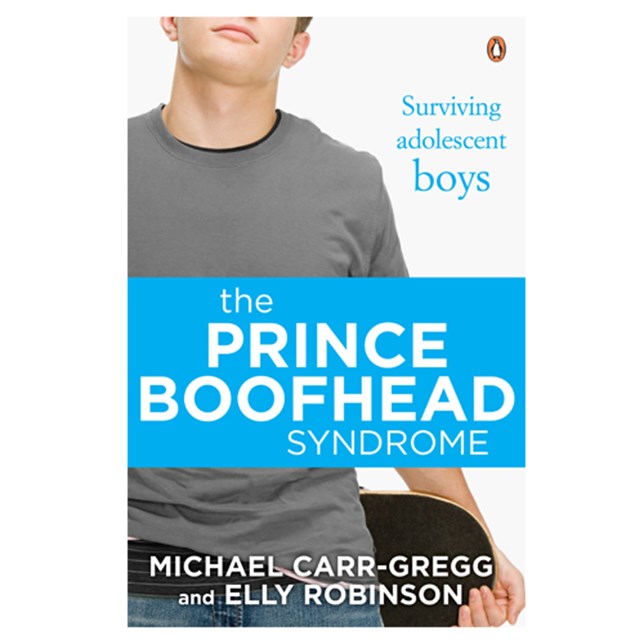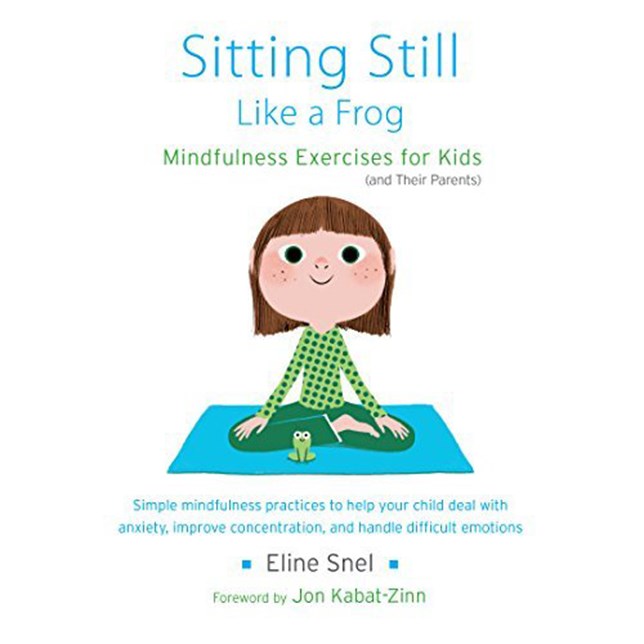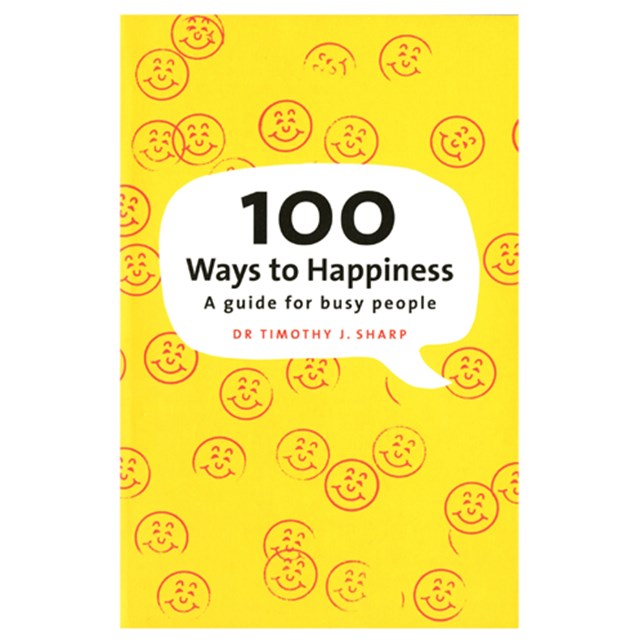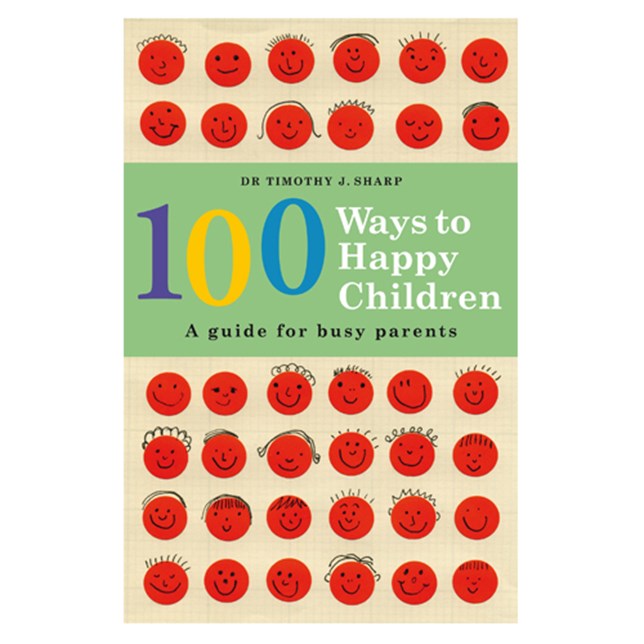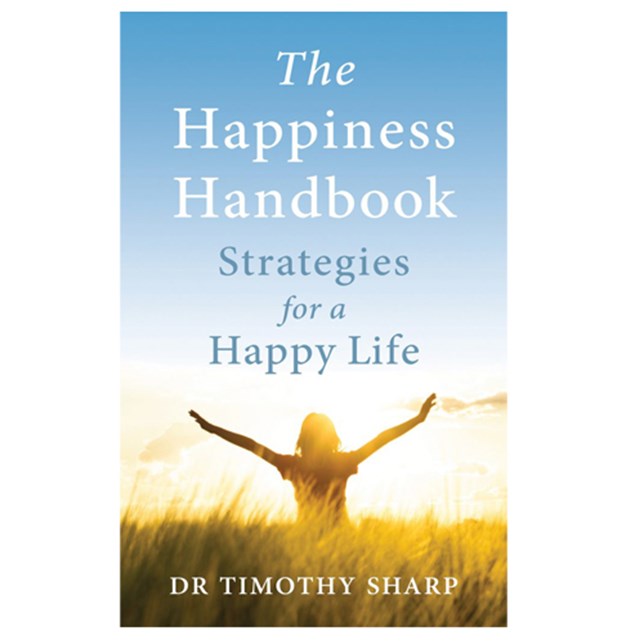How to fix your breastfeeding problems

We know it isn't easy for many mums to breastfeed - but these tips should help.
We know Australian women on the whole believe strongly in breastfeeding their babies. Statistics show that 83% of babies leave hospital being breast fed. But by age six months only 48% of babies are still being breastfed. This drops to 23% by age one and 1% of children being breastfed by age two.
Women who don’t breast feed are often subjected to rejection from people close to them, and this criticism often comes at a time when they are already feeling vulnerable.
Breastfeeding can be a walk in the park for some mum-baby couples. For others it is incredibly difficult. Once you are in the rut where baby either doesn’t latch on properly or suck properly and your supply falls off, your nipples hurt and getting a good let down is difficult, it can be hard to overcome. Not impossible, no. But very difficult.
Many women who are passionate about breastfeeding will move mountains to make it work. For others, who are exhausted from being up all night, who have toddlers to take care of or a myriad other issues that are all deeply personal cannot put the hours and hours required into getting breastfeeding working.
In my experience, few mums make the decision to quit feeding without a lot of guilt and self doubt. They need the rest of us to support them in this incredibly difficult decision and to respect their right to chose what is best for their own family.
I’m going to run through a few medical problems that make feeding difficult if not impossible. This is not a comprehensive list by any stretch.
The obstacle: Tongue-tie
Tongue-tie is when the frenulum, or the connection between the lower surface of the tongue and the floor of the mouth comes very close to the tip of the tongue, effectively limiting the movement of the tongue.
How it affects feeding
Tongue-tie can make your baby sleepy and unwilling to feed.
How to overcome it
Some women can very successfully feed their babies despite tongue tie. Alternately, the frenulum can be released in a very quick and safe procedure. However, studies have shown that in many cases breast feeding doesn’t improve afterwards.
The obstacle: Jaundice
This is a build up of bilirubin in baby’s blood and skin occurs in almost half of all babies. It is a reflection of the fact that your baby’s liver, which processes bilirubin takes a few days to find its feet!
How it affects feeding
If severe, the bilirubin can make your baby sleepy and unable or unwilling to feed. If this persists it can be harder work to establish breastfeeding.
How to overcome it
Making sure your baby is well hydrated and getting enough to drink is key. Some babies find bottles easier than mum’s breast because she doesn’t have to work hard to get a let-down. Breastfeeding is achievable but it is definitely harder. In worse cases your baby might be offered phytotherapy or bright light therapy to help break down the bilirubin.
The obstacle: Inverted nipple
This affects 10 percent of women. It can affect one or both nipples and can occur to different degrees.
How it affects feeding
It is much harder for a baby to latch onto a flat nipple and draw it in to the back of her mouth. She has to open her mouth much wider than she would otherwise have to.
How to overcome it
Mildly inverted nipples can be pushed out by your fingers but if more severe you might need to persist more to get breastfeeding happening. If you can afford it, many lactation consultants can help most women with inverted nipples to breastfeed successfully but it is more difficult.
BUY IT - related products & reviews

Dr Ginni Mansberg is a GP, Practical Parenting Expert, author and resident doctor on Channel 7's Sunrise program.


